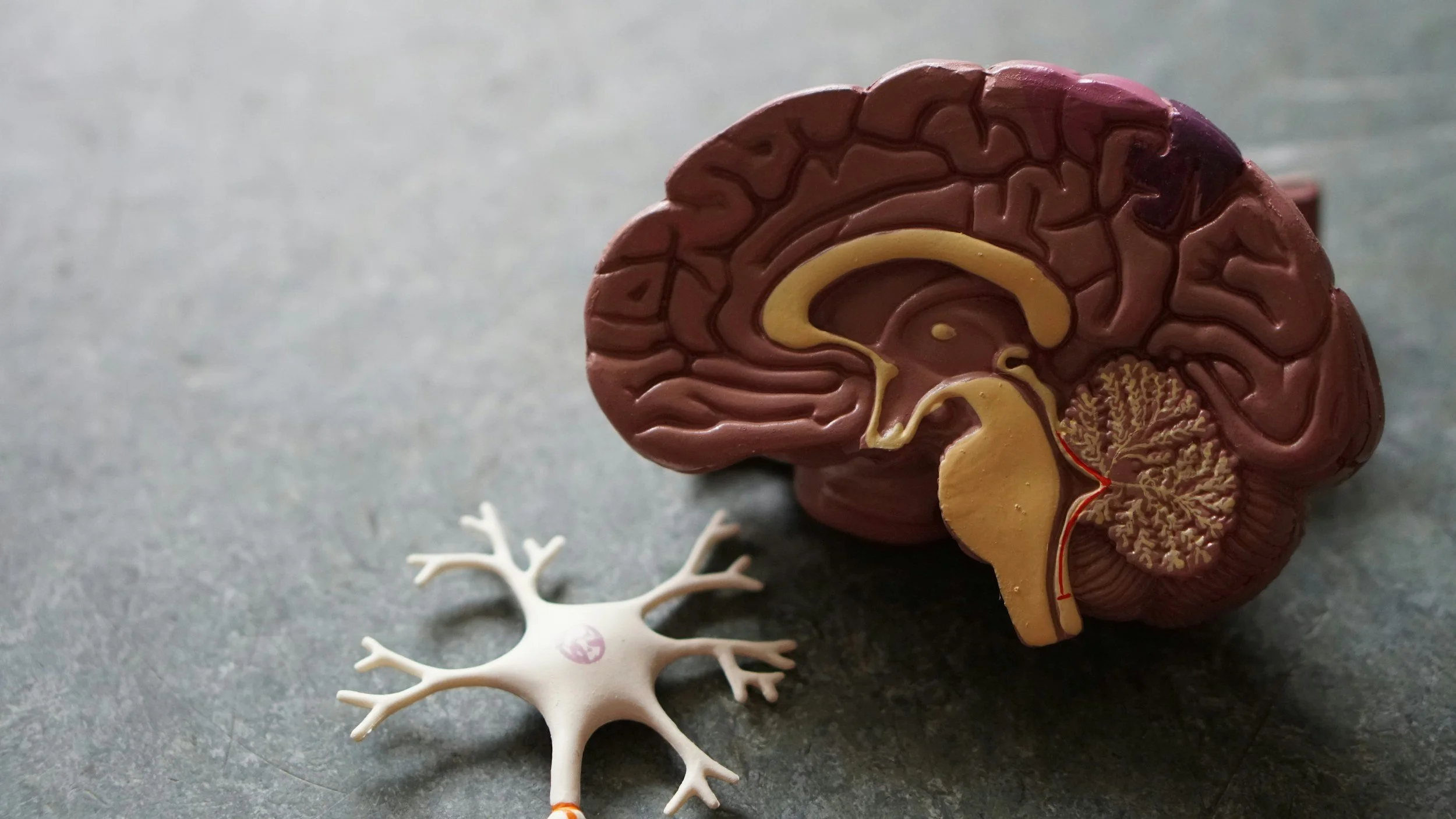SINGING & THE VAGUS NERVE: YOUR VOICE IS WIRED FOR WELLNESS
I’ve been coaching voices for over 20 years, and I’ll tell you something that still blows my mind: singing isn’t just about making sound — it’s about healing. It’s a full-body, full-spirit experience. Over the years, I’ve watched students not only find their voice but find calm, clarity, and even courage. And behind so much of that magic is something not a lot of singers even know about: the vagus nerve.Let’s nerd out for just a minute — but I promise to keep it simple.
The vagus nerve (from the Latin vagus, meaning "wandering") is the longest cranial nerve in the body. It runs from your brainstem down into your chest, lungs, heart, diaphragm, and digestive system. It’s a major part of your parasympathetic nervous system — the one that helps you rest, digest, recover, and feel safe.
When the vagus nerve is toned (which is just a fancy way of saying “in good working order”), your heart rate slows, your breathing deepens, your digestion improves, and your brain gets a signal that you’re not in danger — you’re safe, grounded, and connected.
And here’s the kicker — singing activates it. Especially when done mindfully.
The Voice–Body–Brain Connection
You see, the vocal mechanism is deeply connected to breath, emotion, and the nervous system. When you take a deep breath and sing a long tone — especially something soft, resonant, and sustained — you’re massaging your vagus nerve. That’s why certain vocal exercises can feel like meditation, or why people leave a singing session saying, “I feel lighter” or “That was better than therapy.”
I've seen this again and again with students. It’s not just about hitting the high notes — it’s about coming home to your body.
Real Stories from the Studio
Let me share a few that still give me goosebumps.
Emma: From Stage Fright to Soothing Herself with Sound
Emma came to me a few years back, desperate to sing but paralysed by performance anxiety. Before every audition, her chest would tighten, her breath would shorten, and her voice would vanish. Classic signs of fight-or-flight mode.
We didn’t dive straight into big belty numbers. We started with humming. Long, low hums on an “M” sound, gently vibrating through her lips and chest. We paired that with extended exhalations and light movement to release tension.
Within weeks, her voice began to open up — but more importantly, she began to open up. Emma told me she started using our vocal warm-ups before stressful meetings at work and before sleep at night. Her sleep improved. Her panic attacks stopped. And she started to feel safe in her body again.
That’s not just singing. That’s the vagus nerve at work.
Marcus: The Accidental Meditator
Marcus was a high-powered exec with zero singing experience — he came in because his wife bought him a voucher as a joke. But something clicked. He said our sessions were the only hour in his week where he wasn’t thinking 10 steps ahead.
We’d do gentle sirens, vowel work, some light vocal improvisation, and finish with breathing exercises. After a few sessions, he said, “I don’t know what’s happening, but I feel clearer after I sing. It’s like I just meditated without sitting still.”
Again — vagus nerve. Sound. Breath. Presence. The trifecta.
Tasha: Healing Through Harmony
Tasha had been through some serious emotional trauma and came to singing not for performance, but for recovery. She didn’t want to sing solos, so I paired her with another student for harmony work. They sang soft folk songs, layering harmonies and swaying together like they were born for it.
What Tasha experienced was co-regulation — when your nervous system syncs up with another person’s in a safe, supportive environment. Singing in harmony, especially in close proximity, is one of the most powerful forms of nervous system healing I’ve ever seen.
She told me, “I haven’t felt that connected to another human in years.” That’s the voice doing what it’s built to do — not just express, but connect.
Practical Ways to Tone the Vagus Nerve Through Singing
Here are a few simple things I use in lessons (and in my own warm-ups!) that directly stimulate the vagus nerve:
Humming – Think gentle, resonant hums with your lips closed. Great before singing, or when you’re anxious.
Sustained Vowels – “Oo,” “Ah,” and “Ee” held gently with soft volume. This regulates your breath and vibrates your vocal tract.
Vocal Sirens – Light glides from low to high and back down. It frees up your range and calms the nervous system.
Exhale Extensions – Try breathing in for 4 counts and singing a gentle tone for 8–12 counts. The long exhale helps calm your vagus nerve.
Group Singing – Whether in a choir or just singing with friends, group vocals release oxytocin and create a sense of safety and belonging.
Chanting or Mantra Work – Repetition of simple phrases like “Om,” “Ah,” or even spoken affirmations can stimulate the vagal tone beautifully.
Singing Is Your Built-In Reset Button
What I want singers — and even non-singers — to know is this: your voice is not just for performance. It’s a built-in tool for regulation, relaxation, and reconnection. Whether you’re on a stage or in your car, every note you sing can help you come back to yourself.
I’m not saying singing replaces therapy or solves every problem, but I am saying it’s one of the most overlooked, free, and soul-nourishing tools we have for nervous system health.

